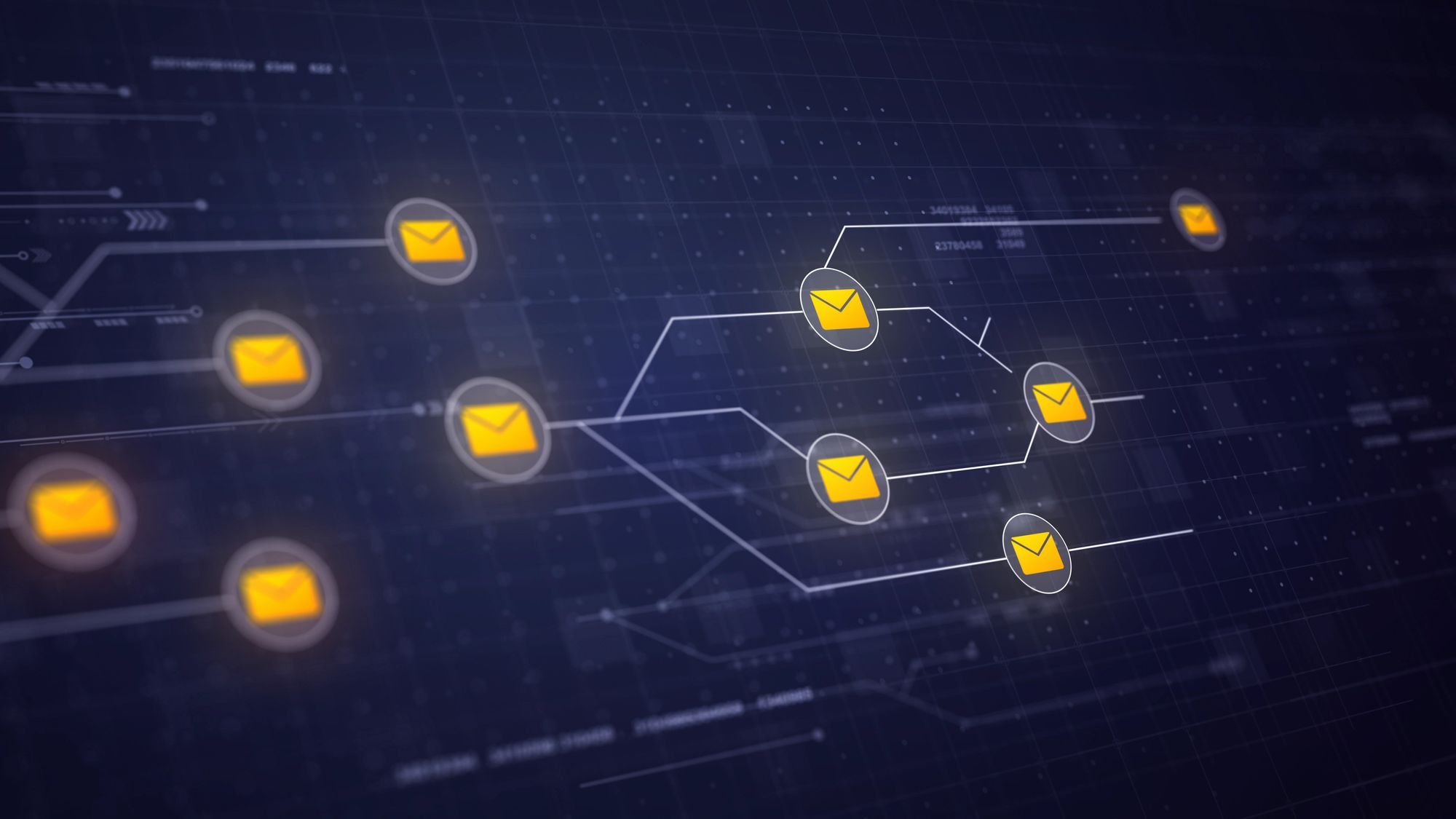Email bounce backs can be frustrating and disruptive to your communication efforts. When an email fails to reach its intended recipient and bounces back to the sender, it can indicate various underlying problems. In this comprehensive guide, we will explore the causes of email bounce backs, provide effective solutions to resolve them, and offer prevention strategies to minimize future issues. By the end of this article, you will have a deeper understanding of email bounce back problems and the knowledge to overcome them.
Understanding Email Bounce Backs
An email bounce back occurs when an email fails to deliver and is returned to the sender. There are two types of email bounces:
- Soft Bounces: Soft bounces are temporary delivery failures typically caused by issues such as the recipient's mailbox being full or the email server being temporarily unavailable.
- Hard Bounces: Hard bounces are permanent delivery failures caused by more serious issues, such as invalid email addresses, domain errors, or recipient email accounts that no longer exist.
Identifying the type of bounce is crucial in understanding the root cause of the problem and determining the appropriate course of action.

Common Causes of Email Bounce Backs
Several factors can contribute to email bounce backs. Let's explore some of the most common causes:
1. Invalid or Nonexistent Email Addresses
One of the primary causes of hard bounces is sending emails to invalid or nonexistent email addresses. These can occur when a recipient mistypes their email address or when an email address becomes inactive or is deleted.
2. Full Mailboxes
If a recipient's mailbox is full or has reached its storage capacity, incoming emails will bounce back. This situation often leads to soft bounces, as the issue is temporary and can be resolved once the recipient clears their mailbox.
3. Email Server Issues
Temporary email server issues, such as server maintenance or high volumes of incoming emails, can cause soft bounces. In such cases, the server is temporarily unable to accept incoming messages, resulting in bounce backs.
4. Spam Filters and Email Authentication
Strict spam filters and aggressive email authentication protocols, such as SPF, DKIM, and DMARC, can cause legitimate emails to be flagged as spam or rejected. This can lead to email bounce backs, particularly if your email fails to meet the authentication requirements.
5. Blacklisting
If your email server or domain is blacklisted due to previous spamming activities or other policy violations, it can result in email bounce backs. Recipient email servers may reject emails from blacklisted sources as a precautionary measure.

Solutions and Prevention Strategies
1. Verify and Clean Your Email List
Regularly verify and clean your email list to ensure it contains only valid and active email addresses. Use email verification tools to identify and remove invalid or nonexistent addresses. This helps minimize hard bounces caused by sending emails to non-existent recipients.
2. Monitor and Manage Mailbox Storage
Encourage recipients to regularly check and clear their mailboxes to avoid full mailbox bounce backs. Educate your recipients on managing mailbox storage and provide instructions on freeing up space if needed.
3. Ensure Proper Email Authentication
Implement proper email authentication protocols, such as SPF, DKIM, and DMARC, to improve email deliverability and prevent bounce backs caused by strict spam filters and authentication failures. Consult your email service provider or IT team for assistance with setting up and configuring these protocols.
4. Monitor Blacklists and Reputation
Regularly monitor your email server's reputation and check if your domain or IP address is blacklisted. If you find your server or domain on a blacklist, take appropriate measures to address the underlying issues and request removal from the blacklist.
5. Test and Optimize Email Content
Test your email content to ensure it complies with spam filter guidelines and best practices. Avoid using trigger words or phrases that can trigger spam filters. Optimize your email content to enhance deliverability and reduce the likelihood of bounce backs.

Frequently Asked Questions
1. How can I differentiate between a soft bounce and a hard bounce?
A soft bounce is a temporary delivery failure, while a hard bounce is a permanent failure. Soft bounces often resolve themselves, while hard bounces require further action, such as verifying the recipient's email address or removing it from your mailing list.
2. Can bounce back problems affect my email deliverability?
Yes, frequent bounce backs can negatively impact your email deliverability. High bounce rates can signal to email service providers that your email practices may not be optimal, potentially leading to future emails being marked as spam or blocked.
3. Are there any tools available to help identify and resolve bounce back problems?
Yes, there are email delivery and monitoring tools available that can provide insights into bounce back issues, including detailed bounce reports, bounce classifications, and recommendations for improving deliverability. Consider using these tools to enhance your email performance and address bounce back problems.
Conclusion
Email bounce backs can disrupt your communication efforts and impact your email deliverability. By understanding the causes of bounce backs and implementing effective solutions, you can minimize their occurrence and improve the overall deliverability of your emails. Regularly verify and clean your email list, monitor mailbox storage, ensure proper email authentication, monitor blacklists, and optimize your email content. By following these best practices and taking proactive measures, you can overcome email bounce back problems and achieve higher email deliverability rates.



